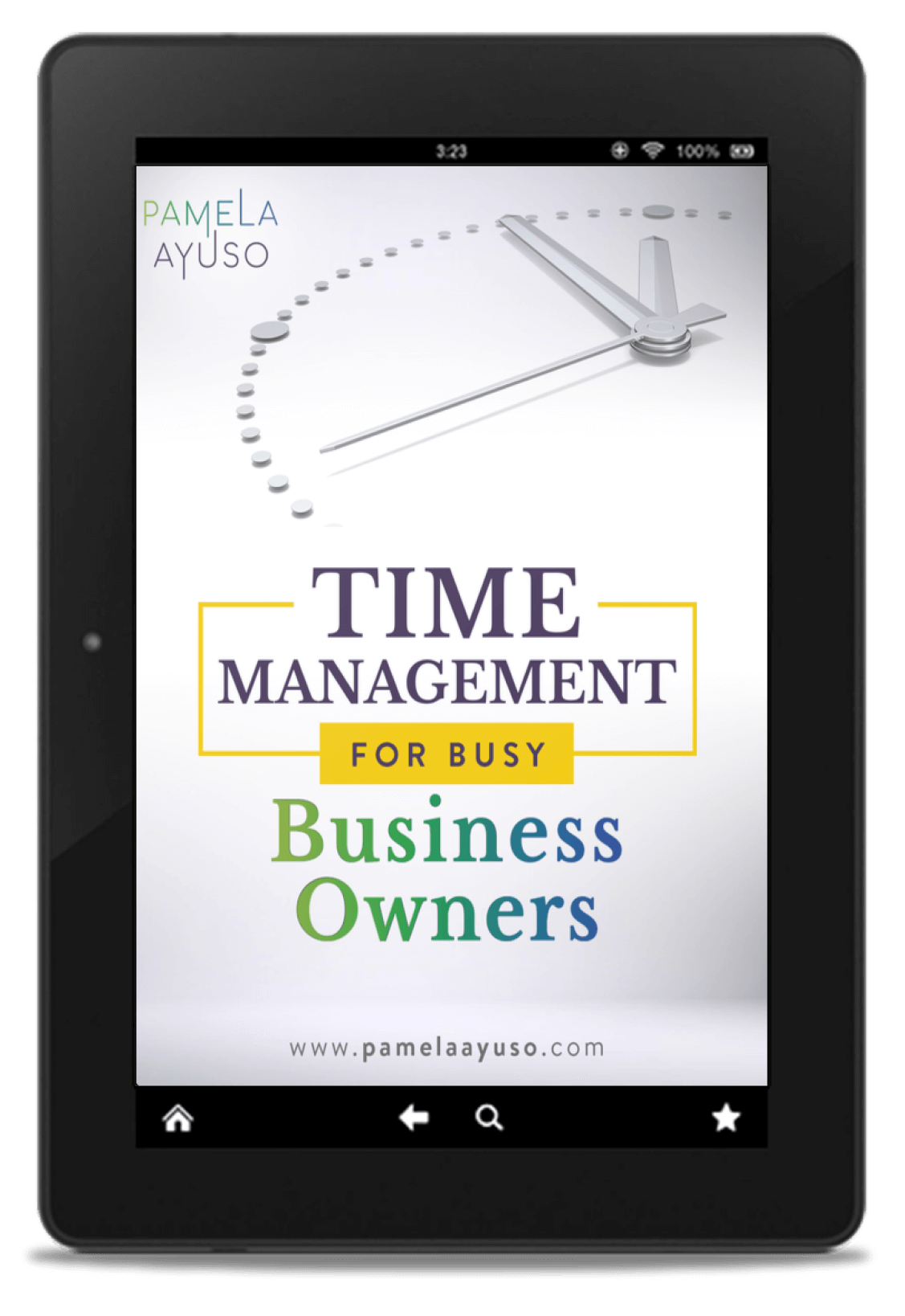The importance of having programmed processes in our company became apparent when specific necessary steps weren’t executed. We realized a client statement didn’t go out on time, and we once left out an action when we were closing a sale. I knew then that we needed to manage our workflows with set procedures.
When I began setting up our processes, I tried to do it for every part of the company. This effort turned out to be very successful. We were able to avoid many preventable problems, and we have also been able to operate consistently and with the quality we envisioned. I think this is where processes shine – they help you take care of the vital work that needs to be executed to operate as you envisage.
Then I realized that there was a limit to what processes could do: there needed to be a healthy equilibrium. Not everything in a company can be scripted. Some situations are complex and don’t work linearly, where the response of one person will alter the reaction of the next. These events call for a professional’s judgment.
![[Photo: Jen Theodore/Unsplash]](/wp-content/uploads/2021/01/jen-theodore-tWqyWrqLntU-unsplash.jpg)
[Photo: Jen Theodore/Unsplash]
Judgment
There is a delicate balance between what should be added to a process and what should be left up to discretion. The line is thin, and the balance shifts.
Possibly, in the beginning, part of the context of your imagined process may mostly be unknown for those within the company, but with time, you can start to discern patterns. For instance, the real estate sales process was initially unfamiliar to me. I wasn’t sure if there was a method I could follow or what it looked like in my geographic location. There weren’t many other companies doing what we were doing, so I would manage everything on an ad hoc basis, responding in the best way I knew how at every event.
Gradually, we figured out what worked best for us as a team and in our context, and we were able to develop a process. We left room for what we cannot script – space for discussion about how to give our customers the best service possible, for example.
As new situations arise, I have noticed the same pattern. In essence, we will handle the activities on a case-by-case basis until we are sure about what we are doing and how to work with the situation in the best manner possible. Then, we add what we can to the processes to ensure quality and consistency and leave a part of the work to judgment. From there, we start the cycle again.
Furthermore, the processes themselves may vary from situation to situation. If the person who is managing the procedures has plenty of experience, the steps involved can serve mostly as guidelines. Still, if the person that is using the processes is entry-level, the required steps will have to be more explicit.
![[Photo: Pietro de Grandi/Unsplash]](/wp-content/uploads/2021/01/pietro-de-grandi-6U4wogjLArk-unsplash.jpg)
[Photo: Pietro de Grandi/Unsplash]
For very detailed workflows, an exact procedure is best. If the process is intricate, like the closing of a sale where the salesperson needs to get signatures for documents, update accounting records and then the company inventory, a detailed checklist will work well. The procedure will be a helpful aid to prevent missed steps. Sometimes, we have so much happening daily that a list can be the support we need to make sure we are accomplishing everything.
Processes are a reminder and help us become more efficient. They allow us to achieve all the necessary work so that nothing basic or fundamental is left out. Then, there will be less time putting out fires and more time dedicated to thinking. For any position, there must be space for thinking strategically and solving issues that will inevitably arise.
Implementing processes is a dance between the two – the list and strategic thinking.



